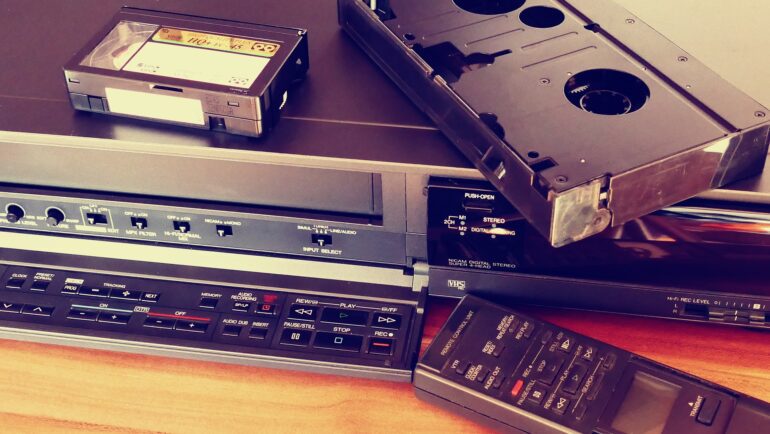- Microsoft employs the VCR analogy to counter The New York Times’ AI lawsuit, citing the legality of large language models.
- The Times alleges Microsoft copied content with OpenAI, mimicking its style; Microsoft compares to the VCR era.
- Ian Crosby, lead counsel for The Times, disputes the VCR analogy, emphasizing differences in copyright infringement.
- Microsoft challenges The Times’ claims of inducing copyright infringement, citing a lack of direct evidence.
- Disputes under the Digital Millennium Copyright Act (DMCA) were also contested by Microsoft, citing legal precedents.
- Lawsuits reshape generative AI landscape; OpenAI accuses The Times of manipulating ChatGPT.
Main AI News:
Microsoft’s Legal Defense Channels VCR Nostalgia in Response to The New York Times’ Lawsuit Over AI Microsoft has ingeniously turned to the vintage allure of VCRs in its legal maneuvering against The New York Times’ copyright infringement lawsuit, leveraging this iconic technology to challenge three critical claims. The Times alleges that Microsoft, in collaboration with OpenAI, replicated its content to emulate its distinct style. However, Microsoft’s legal team contends that OpenAI’s expansive language models represent a lawful technological advancement, akin to the historical acceptance of VCRs despite copyright concerns.
In a strategic move, Microsoft’s legal representatives assert, “Despite The Times’s contentions, copyright law is no more an obstacle to large language models than it was to the VCR (or the player piano, copy machine, personal computer, internet, or search engine).” This comparison draws parallels between the evolution of technology and the ongoing debate over copyright infringement.
Ian Crosby, partner at Susman Godfrey and lead counsel for The Times, rebuts Microsoft’s argument, highlighting the divergence between VCR development and current allegations. He points out that VCR manufacturers never justified massive copyright infringement to build their products, unlike the allegations against Microsoft and OpenAI.
Moreover, Microsoft disputes The Times’ accusation of inducing copyright infringement among users of its products employing OpenAI’s GPT model. The defense challenges The Times’ failure to provide concrete evidence of direct infringement by Copilot users, invoking legal precedent from the VCR era to reject liability solely based on product design or distribution.
Additionally, Microsoft contests The Times’ claims under the Digital Millennium Copyright Act (DMCA), asserting that the removal of copyright management information from training data lacks substantive proof of deliberate wrongdoing. The company cites previous lawsuits involving generative AI, where similar arguments failed to establish liability, further strengthening its defense.
Lawsuits of this nature, such as The Times’ legal action against OpenAI and Microsoft, have far-reaching implications for the evolving landscape of generative AI technology. OpenAI, in its own defense, accuses The Times of manipulating ChatGPT into reproducing copyrighted material, marking a pivotal moment in the ongoing dialogue surrounding intellectual property rights in AI development.
Conclusion:
Microsoft’s strategic use of the VCR analogy in its legal defense against The New York Times’ AI lawsuit signals a broader debate on copyright infringement and technological innovation. The outcome of such legal battles will significantly impact the development and regulation of generative AI technologies, influencing market dynamics and intellectual property rights in the AI sector.

